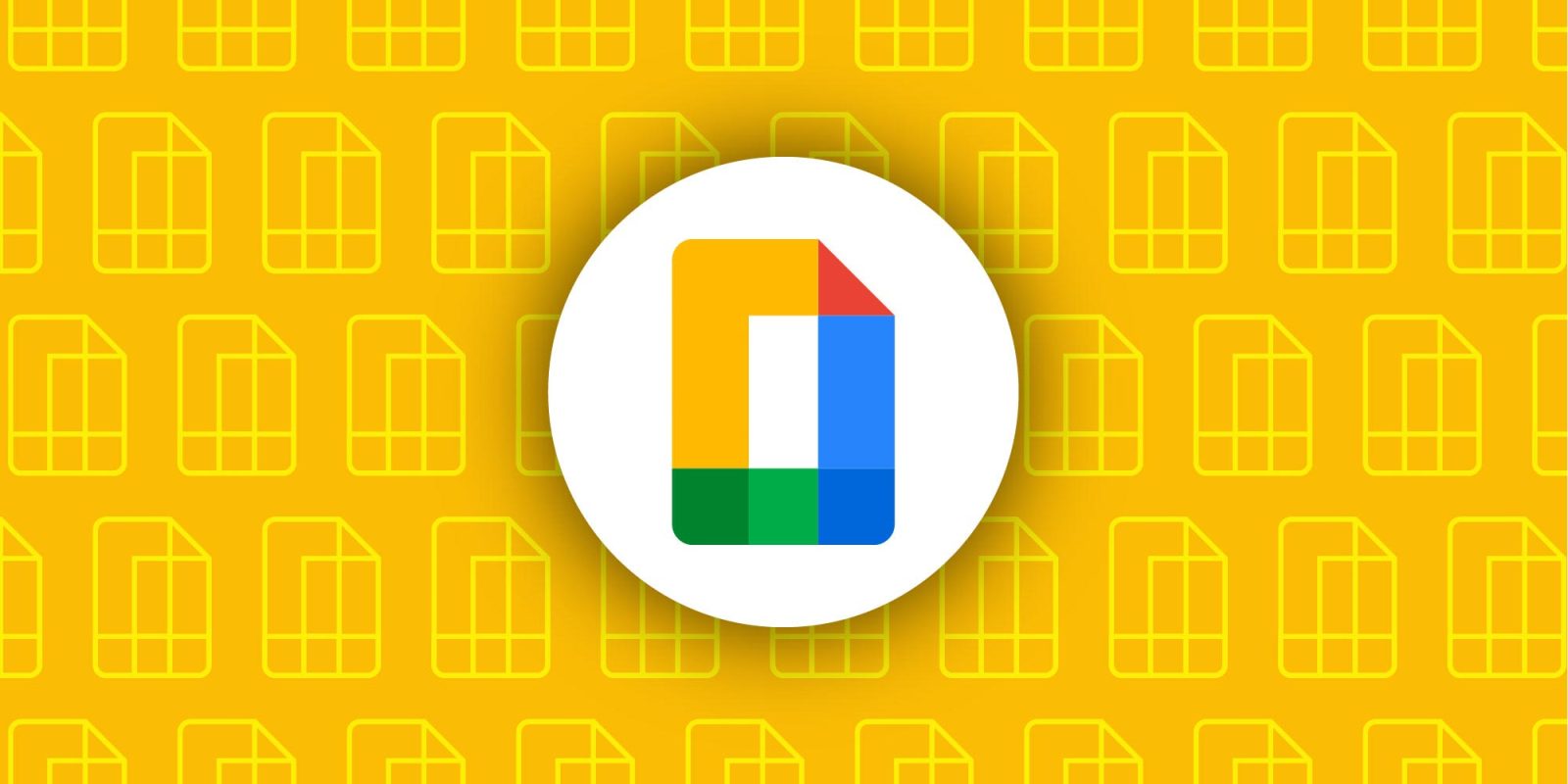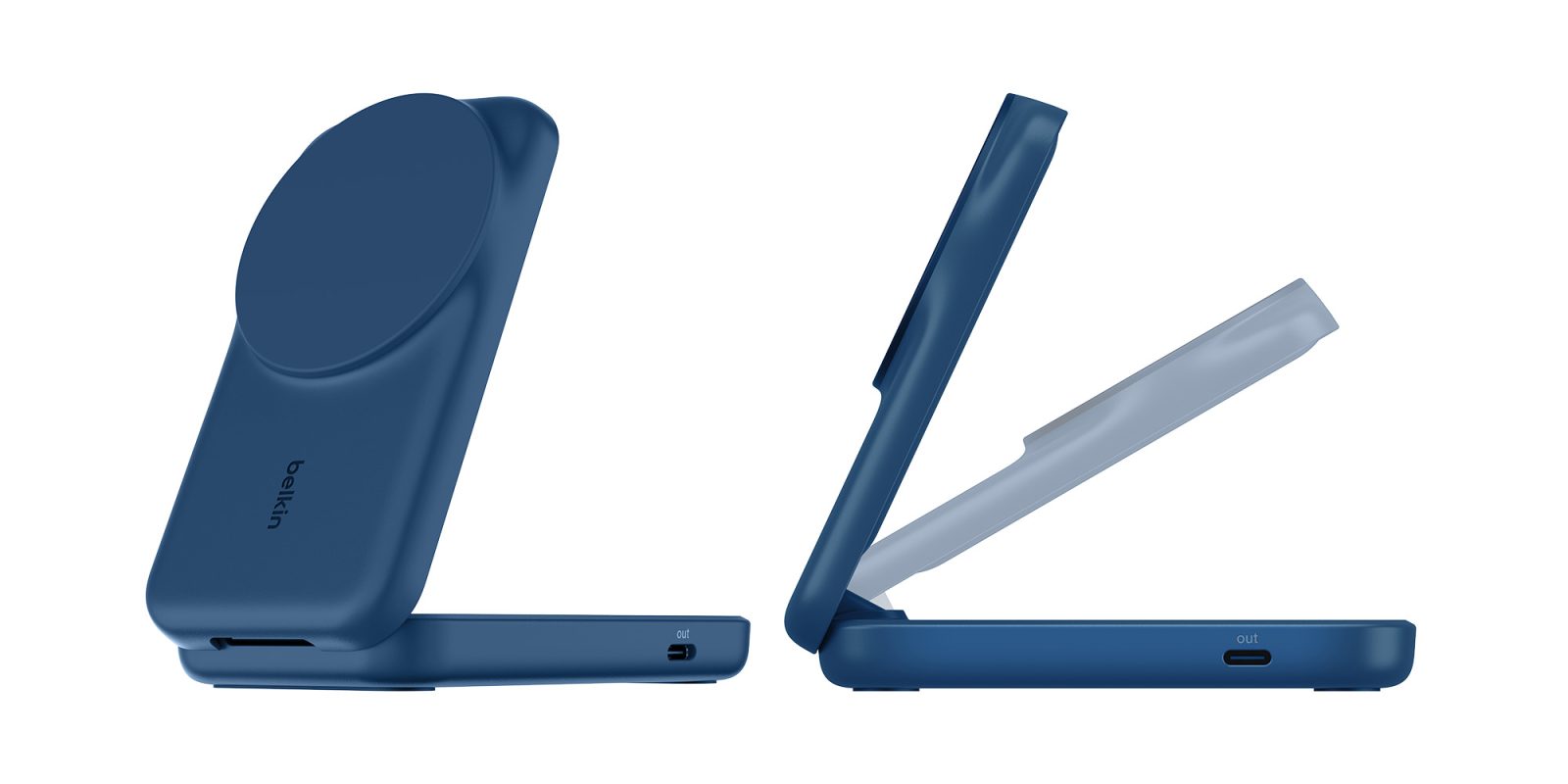Google has recently updated its Docs, Sheets, and Slides applications, integrating the latest Material 3 Expressive design elements to enhance user experience. These refinements are primarily evident within the editor interfaces, while the homepages remain unchanged.
Introduction of the Material 3 Expressive Progress Indicator
A notable addition is the new progress indicator that appears when opening a document. This circular component features a distinctive wavy design, aligning with the Material 3 Expressive aesthetic. This visual cue not only modernizes the interface but also provides users with a clear indication of loading processes.
Revamped Button Designs with Dynamic Color Integration
The update introduces pill-shaped buttons that utilize Dynamic Color for various functions, such as sharing documents and confirming edits. This design choice enhances visual appeal and ensures consistency across the platform. The adoption of Dynamic Color allows the interface to adapt to user preferences, creating a more personalized experience.
Enhanced Format Sheet with Pill-Shaped Dropdown Menus
The Format sheet, which slides up for user interaction, now incorporates pill-shaped dropdown menus, replacing the previous rounded rectangles. This change contributes to a more cohesive and modern design language, improving the overall usability of the formatting options.
Implementation of Split Button Component for Lists
For bulleted and numbered lists, the update leverages the split button component. While the separate menu button on the right spins upon activation, it maintains its shape, providing a subtle yet effective visual cue for users. This implementation streamlines the process of managing list formats, enhancing efficiency.
Rollout and Availability
These Material 3 Expressive design tweaks have been rolled out across Google Docs, Sheets, and Slides. Users can expect a more visually engaging and intuitive interface as they interact with these applications.
Additional Developments in Google Workspace
In related news, Google recently announced that Workspace customers and AI Pro/Ultra subscribers can now utilize Gemini’s 1 million token context window when viewing PDFs on the Google Drive website. This enhancement translates to approximately 1,500 pages of text, enabling more comprehensive responses and improved analysis capabilities.
Conclusion
The integration of Material 3 Expressive design elements into Google Docs, Sheets, and Slides signifies Google’s commitment to evolving its user interfaces. By focusing on modern aesthetics and user-centric features, these updates aim to provide a more engaging and efficient experience for users across the platform.



